| | 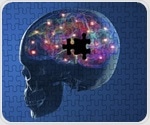 A pioneering study has found that patients with Parkinson's disease have more errors in the mitochondrial DNA within the brainstem, leading to increased cell death in that area. A pioneering study has found that patients with Parkinson's disease have more errors in the mitochondrial DNA within the brainstem, leading to increased cell death in that area. | |
|
| | 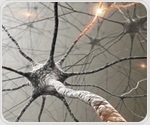 Sleeping sickness could use a more encompassing moniker. An international study from the O'Donnell Brain Institute shows one of Africa's most lethal diseases is actually a circadian rhythm disorder caused by the acceleration of biological clocks controlling a range of vital functions besides sleep. Sleeping sickness could use a more encompassing moniker. An international study from the O'Donnell Brain Institute shows one of Africa's most lethal diseases is actually a circadian rhythm disorder caused by the acceleration of biological clocks controlling a range of vital functions besides sleep. | |
|
| |  A study by UCLA researchers reveals the cellular basis for how the hormone estrogen protects against damage to the central nervous system in people with multiple sclerosis (MS). A study by UCLA researchers reveals the cellular basis for how the hormone estrogen protects against damage to the central nervous system in people with multiple sclerosis (MS). | |
|
| |  Researchers identified a new, more sensitive screening test to recognize Pompe disease, a metabolic disorder affecting cellular processing of glycogen in numerous tissues of the body. Researchers identified a new, more sensitive screening test to recognize Pompe disease, a metabolic disorder affecting cellular processing of glycogen in numerous tissues of the body. | |
|
| |  A new discovery of a potential biomarker for Huntington's disease (HD) could mean a more effective way of evaluating the effectiveness of treatments for this neurological disease. A new discovery of a potential biomarker for Huntington's disease (HD) could mean a more effective way of evaluating the effectiveness of treatments for this neurological disease. | |
|
| | 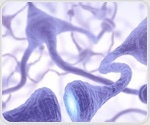 Researchers at Duke University have discovered a way to enhance the effectiveness and safety of sonogenetics or ultrasonic modulation, emerging techniques that use sound waves to control the behavior of individual neurons or to promote tissue growth and wound healing in other cells. Researchers at Duke University have discovered a way to enhance the effectiveness and safety of sonogenetics or ultrasonic modulation, emerging techniques that use sound waves to control the behavior of individual neurons or to promote tissue growth and wound healing in other cells. | |
|
| | 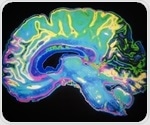 Pericytes, a little-understood type of cell on the brain's blood vessels, grow into the empty space left when neighboring pericytes die, report researchers at the Medical University of South Carolina in a January 2nd, 2018 article in Cell Reports. Pericytes, a little-understood type of cell on the brain's blood vessels, grow into the empty space left when neighboring pericytes die, report researchers at the Medical University of South Carolina in a January 2nd, 2018 article in Cell Reports. | |
|
| | 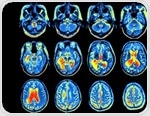 According to a team of researchers at the University of Cambridge and the National Institutes of Health (NIH), USA, a novel and comparatively simple technique that maps the wiring of the brain has indicated a relationship between how well connected a person’s brain regions are and their intelligence. According to a team of researchers at the University of Cambridge and the National Institutes of Health (NIH), USA, a novel and comparatively simple technique that maps the wiring of the brain has indicated a relationship between how well connected a person’s brain regions are and their intelligence. | |
|
| | 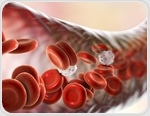 Live cell imaging and laser beam ablation reveals the damage response of pericytes surrounding blood vessels in the brain. Live cell imaging and laser beam ablation reveals the damage response of pericytes surrounding blood vessels in the brain. | |
|
| | 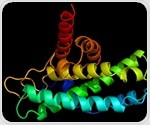 Researchers at Johns Hopkins Medicine report they have identified rare genetic variations in a protein called Thorase, which is responsible for breaking down receptors at the connections between neurons in the brain. Researchers at Johns Hopkins Medicine report they have identified rare genetic variations in a protein called Thorase, which is responsible for breaking down receptors at the connections between neurons in the brain. | |